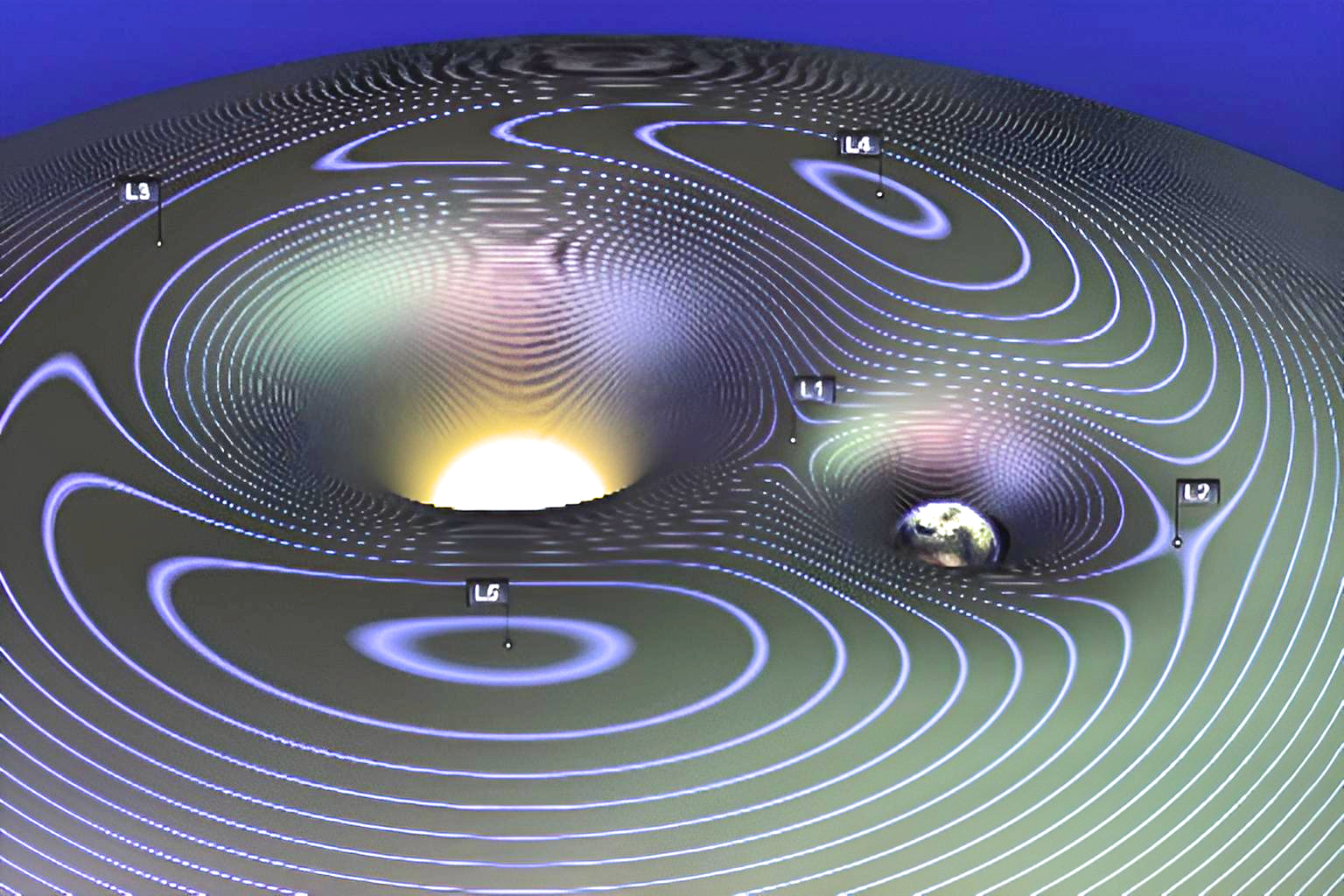LaGrange Points
Since the launch of the first artificial satellite in 1957, various entities have claimed celestial territories, but certain LaGrange points are particularly valuable in our solar system. Named after a mathematician, these equilibrium points balance gravitational and other forces, allowing objects to remain relatively stable. LaGrange points function as low-energy parking spots, crucial for maintaining objects in place without expending excessive fuel. There are over 1,000 such points in the solar system, but only a few are practically useful due to their locations and stability. Presently, two points are heavily utilized, with potential for more in the future. Each point has unique applications, like solar observation or deep space observation. While most points are slightly unstable, L4 and L5 are often stable due to the balance between massive bodies. These points can accumulate objects, such as asteroids. LaGrange points offer possibilities for various purposes, from resource harvesting to serving as refueling stations or even human colonies, making them pivotal for future space exploration.
LaGrange Points Significance

LaGrange points present exceptional significance in the realm of space exploration due to their unique equilibrium state in the ever-changing universe. These points provide a stable balance between gravitational and other forces, allowing objects to maintain relatively fixed positions without constant adjustments.
Equilibrium and Stability

The concept of LaGrange points revolve around equilibrium. While celestial bodies exert gravitational forces that shape orbits, LaGrange points are locations where these forces harmonize, creating stable environments. Objects placed in these points experience a sort of cosmic balancing act, remaining at a consistent distance from massive bodies. This equilibrium translates to a lower energy requirement for maintaining stationary positions, which makes LaGrange points desirable for long-term space missions.
Utilization Challenges

Despite the immense number of LaGrange points in the solar system—over 1,000—only a fraction are practically useful for various reasons. Some points are situated in hard-to-reach or less useful locations, limiting their potential applications. Additionally, some points lack stability, causing objects to drift over time. These challenges highlight the need for careful selection and consideration of LaGrange points for specific missions.
Current Usage and Future Prospects

At present, only two LaGrange points see substantial human utilization. However, the text hints at the likelihood of broader future usage as humanity’s space exploration endeavors expand. The scarcity of these points underscores their exclusivity and potential as valuable resources for future missions.
Diverse Applications

Different LaGrange points offer distinct advantages based on their positions. For instance, L1, located between Earth and the Sun, provides an unobstructed view of the Sun, making it suitable for solar observation satellites. L2, positioned outside Earth’s orbit and shielded from the Sun, serves as an ideal vantage point for observing outer space. These specific attributes allow for specialized missions and equipment placements.
Stability Factors and Accumulation

The stability of LaGrange points varies. While the initial three points in each set may display minor instability, L4 and L5 stand out. If specific conditions are met, these points can be exceptionally stable due to the dynamic interplay between the masses of the bodies generating them. This stability leads to the accumulation of space objects, such as asteroids in the L4 and L5 points of the Sun-Jupiter system.
Potential Applications

In conclusion, LaGrange points represent crucial locations within the solar system where gravitational and other forces achieve equilibrium, offering stable positions for objects.

Their energy efficiency and uniqueness make them valuable for diverse space missions, ranging from scientific observation to potential resource extraction and human settlement. As our understanding of space and technology advances, these points are likely to play an increasingly pivotal role in shaping the future of space exploration.
